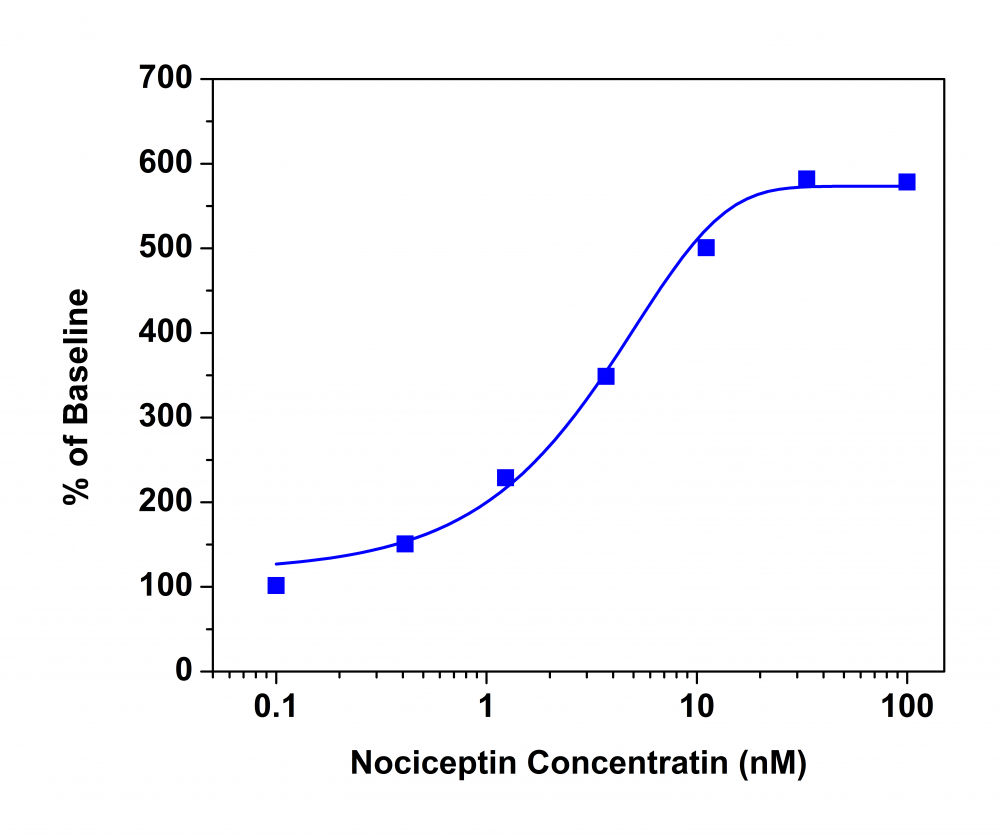G-Protein Coupled Receptors (GPCRs) are known as seven transmembrane spanning receptors or metabotropic receptors. They are the largest family of membrane receptors in the entire human genome. As the name suggests, it functions by coupling itself with G-protein to regulate intracellular signalling pathways. G-proteins possess GTPase activity and controls the function of these receptors. The structure of GPCRs consists of a single polypeptide chain comprising of seven transmembrane helices, where N-terminal domain is extracellular and C-terminal is located intracellularly.
GPCRs works in a manner where agonist binds with the receptors and that causes receptors to undergo conformational change, activating G-protein heterodimer. This leads to activation of its downstream signalling pathways. Ligand-induced ?-arrestin recruitment plays a critical role in GPCR regulation through receptor desensitization and internalization and also mediates G-protein independent signal transduction. The GPCRs works via secondary messengers such as cAMP, which is generated by Adenylyl Cyclase, a target for GPCRs, or DAG and IP3, which uses Phospholipase C, another target of GPCRs.
Study of GPCRs has so much potential uncovering lot of physiological processes inside the cells. One third of the drugs available on the market to date is based on targeting GPCRs shows the importance of GPCRs research. At AAT bioquest we offer a wide variety of the products.
